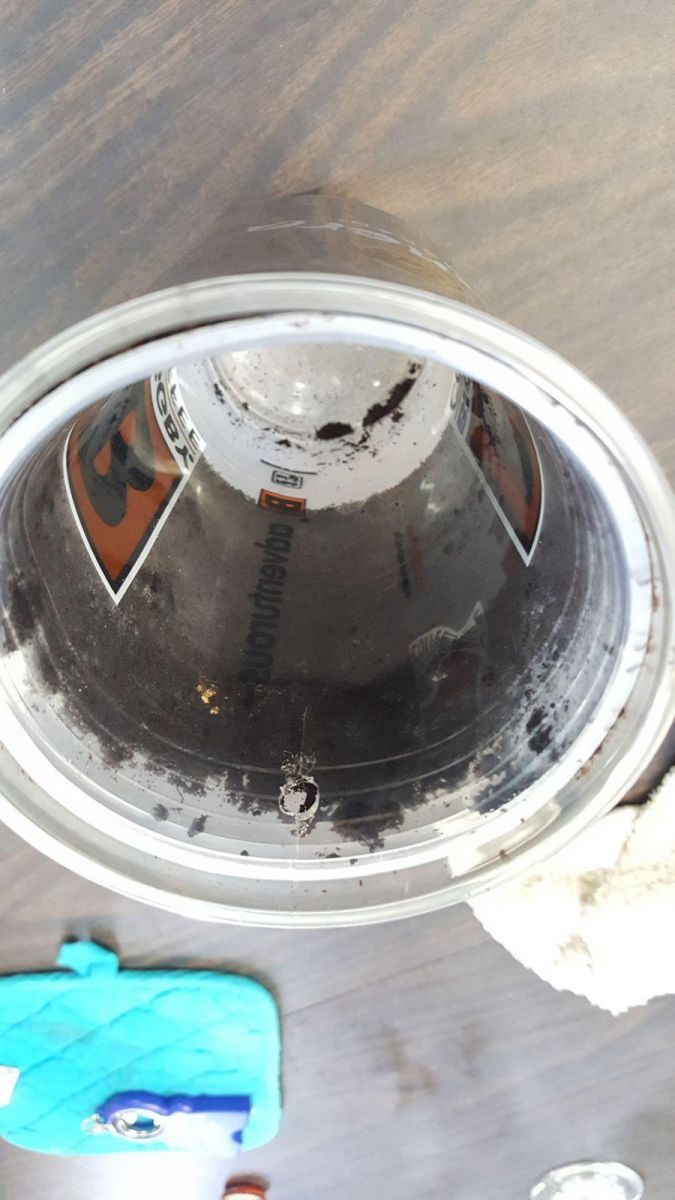In my experience queens are usually atleast 1-2 feet down. Atleast. Scooping ants at the surface under a rock is not very successful. The ants put brood under a warm rock to incubate it. The queen is usually deeper. What may look like a small colony above ground may travel many feet down
This really depends on the particular species, as I have in my own experience [literally just this year and it's barely spring] lifted up a rock and under the rock was a queen [Myrmica] although they have multiple queens.
I was hoping this could happen. I'm gonna be redoing my front garden, and just from 4 of the 30+ boulders i moved, 3 had colonies under them. Was hoping that if i couldn't get a queen, i could at least put them into a farm.


















